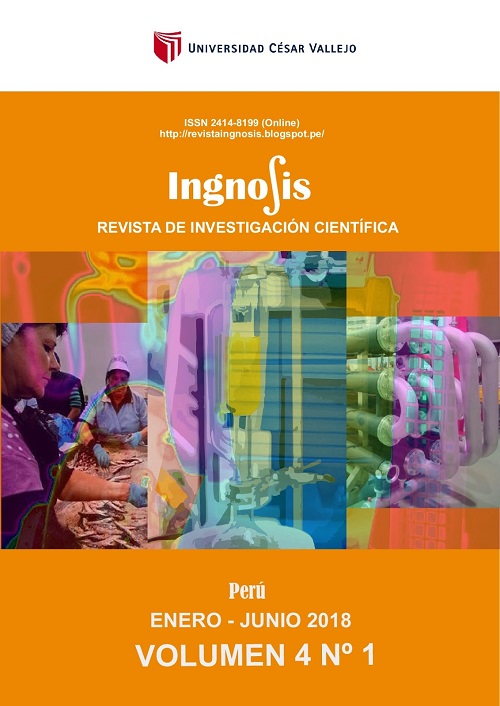Study of times and movements to improve the productivity of a fishing company
DOI:
https://doi.org/10.18050/ingnosis.v4i1.2062Keywords:
Delays, Method of work, Productivity, Standard timeAbstract
This investigation determined the new method of work that reduced the delays that the staff had to cut and weigh a bread basket (8 kg of anchovy), increasing productivity. The research design was longitudinal preexperimental. Considering as a population the time data of the workers of all the processes, the times of the operators of the cutting area were selected as a sample. It was identified that the problem caused by low productivity was the "work method" where the percentage of delays was 20% (14.75% of the total time). The study of times and the use of the bimanual diagram determined the standard times and the necessary movements that each operator had to perform; The line balance indicators determined the number of scales needed to reduce the bottleneck. The results showed that the standard time of the cutting operation was reduced from 37.78 min / bread basket to 22.60 min / bread basket (40.18%); the time for delays was eliminated 100%; the production of the cutting area increased from 3540 to 4762bread boxes / day (34.52%) and the downtime was reduced from 0.197 min / bread basket to 0.126 min / bread basket (36.04%). These results were reflected in the increase in productivity of the cut area from 0.63 boxes / man-hours to 0.72 boxes / man-hours (12.5%); and the new cutting method increased the productivity of the raw material from 29.19 boxes / tons to 31.48boxes / tons (7.8%). It was concluded that the establishment of standard time and the analysis of the movements used in the execution of tasks increase productivity.
Downloads
Downloads
Published
How to Cite
Issue
Section
License

This work is licensed under a Creative Commons Attribution-NonCommercial 4.0 International License.











